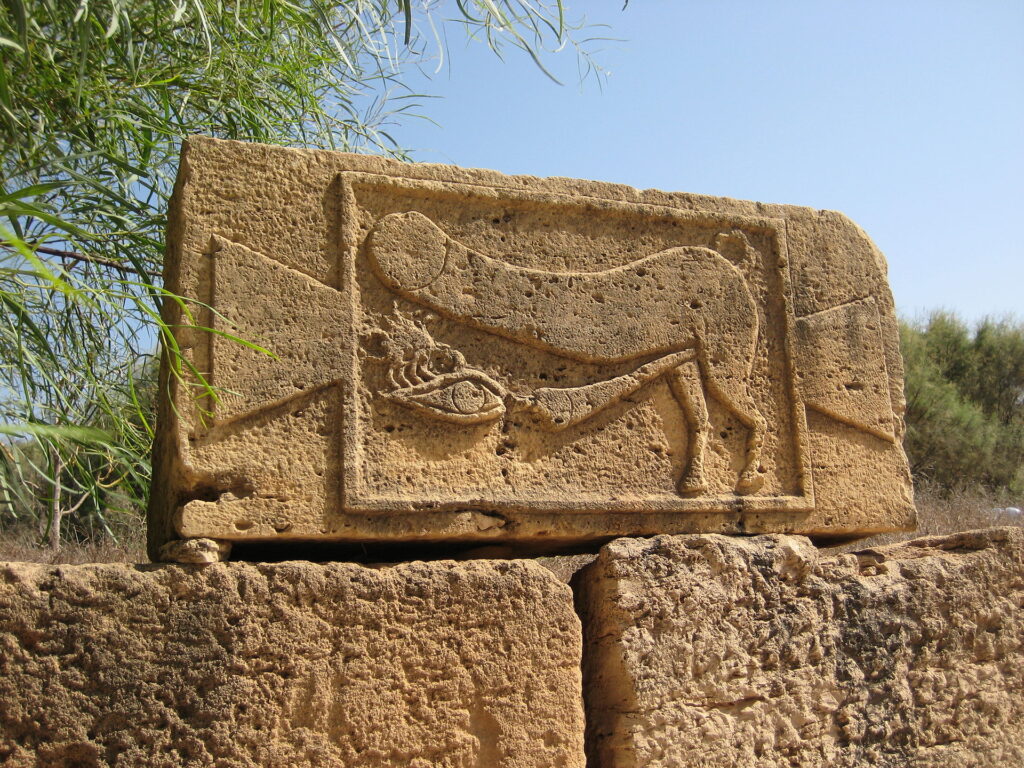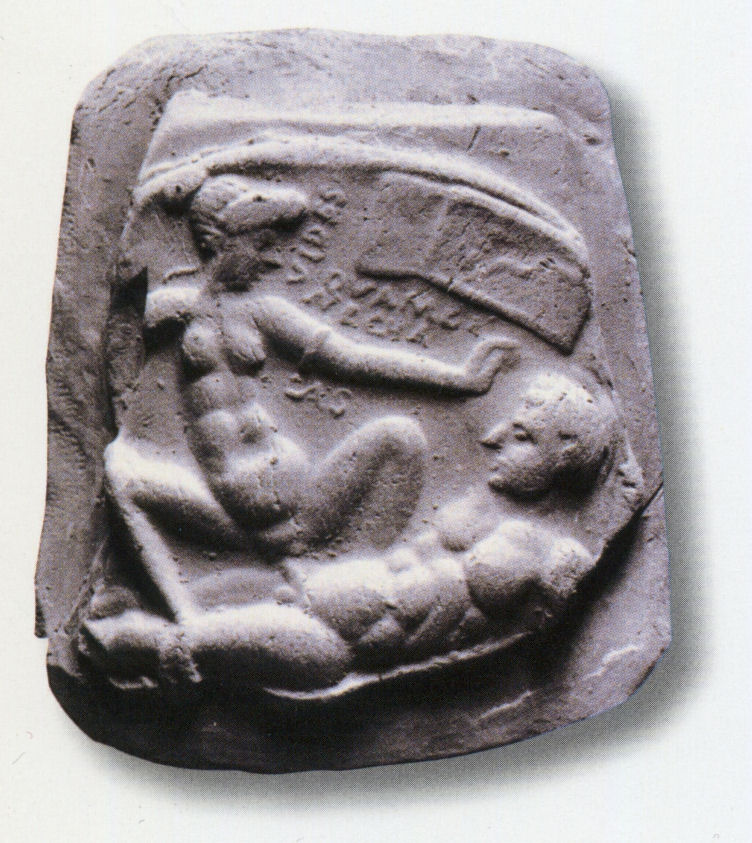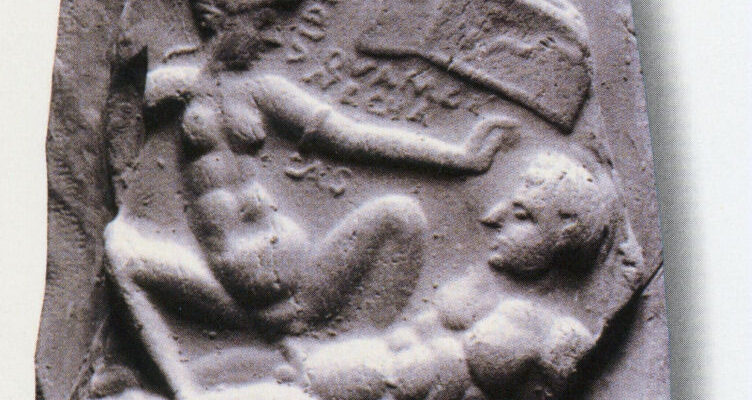Epigram of the month: Let’s talk and write about sex!
Today marks another Epigraphy Tuesday – and the day after this year’s Valentine’s Day (which is, by the way, called Singles Awareness Day).
I hope you did not let the expectations brought forward by the media and industry bring you down, and you spent beautiful hours either with your loved one(s) or alone.
As already the title suggests, this Epigram of the Month concentrates rather on one aspect of Valentine’s Day which does not necessarily affect everybody, but (without having checked statistics: I guess!) most people.
Sex.
The quintessence of propagation.
The reason for broken hearts.
The domain filled with silence, boast/ostentation, and taboos.
There are hardly other matters in human life that parents, friends, partners, adolescents feel more uncomfortable or even ashamed talking – excreta and medical issues might be two of them. Who of us was lucky enough as an adolescent to receive a straight talk about this topic, rather than a weirdly evasive one, or just a book … or none of above?
Of course, levels of openness vary widely depending on cultural background and indivual upbringing. In the following, I will speak broadly of the central European context (in which I was socialised), ignoring any cultural differences.
Considering that there were, and still certainly are, married couples having children without seeing each other naked in their whole lives, and adolescents not being allowed to talk about sexual issues, it is hardly surprising that the so-called sexual revolution had to happen sooner or later.
But what about ancient Rome? (What follows is, of course, just a sketch. For further reading consult this introductory bibliography.)
Well, sexuality in antiquity was characterised by ambiguity in terms of gender gap and representation of genitals.
For women, speaking in the idealised manner of the Roman world, sexual relations happened only in marriage, for which female virginity at the earliest stage was fundamental. Men, on the other hand, were supposed to have gathered sexual experiences with prostitutes already ahead of getting married. In the same way, extramarital intercourse with certain groups of individuals, especially prostitutes and slaves, whether male or female, was legal for men and off limits for women.
Concerning representations, depictions of phalli could be displayed pretty much everywhere in public space, a fact that is still very visible e. g. in Pompeii. As fascinus/fascinum they played an important role in apotropaic magic (i. e. they were as supposed to ward off evil). This might also be the reason for putting up herms, usually with a phallus, that stood at many street corners.

Phallic representations were also connected with the worship of certain deities, most notoriously the fertility god Priapus, who is typically depicted with an oversized erect penis, and a great number of objects are shaped in its form (if you get the chance, visit the “Garten der Lüste” (garden of desires) located in the “Altes Museum” in Berlin).
It is striking, though, that sculpted and drawn phalli featured as common occurrences in daily life, whereas vulvae were conspicuously absent.
Some ancient Roman authors are well known or even famous for addressing sex in their works like Catullus, Propertius, Tibullus, Ovid (especially in the Ars amatoria and the Amores), Martial, or Juvenal.
To add a not so widely known piece to the mix: In the ancient novel Leucippe and Clitophon by Achilleus Tatios there is a passage (2,37,5–10) that my former professor of Greek referred to as “probably the first description of a female orgasm in literary history”, which is part of a discussion about the delights of female compared to male love (2,38,1–5).

And this finally takes me to the main topic of this post – a Greek epigram from Rome.
Its origination is unknown, but it is now preserved in Rome, in the palazzo del Banco di Sardegna (via Boncompagni 6).
The inscribed tabula (37 x 117 cm) can be dated to the late first early second century, and its text reads and translates as follows (IGUR III 1341 = EDR127712 – cf. IGUR IV p. 165 ad nr. for an image):
ΔΡΜ
Γέρμης ἐξ Ἱερῆς Τελεσίστρατος ἐν
μακάρων νήσοις κεῖμαι, ἔτι τῶνδε χρέος ποθέω·
τοῦτο μόνον
ζῶν ἐκέρδησα
?
From Germe Hiera, I, Telesistratos rest on the Isles of the Blessed:
I still long for an equivalent for … those …!
This alone was what I obtained as a reward when I was still alive.
Unfortunately, I cannot show you an image of the piece here – maybe you have a chance to consult it in IGUR IV. If this volume is inaccessible to you, let me run you through some details of the monument that are essential to understand the poem as a whole (now comes the reason for the lengthy introduction).
Think of a travertine tabula, designed as a tabula ansata, which is decorated with a depiction of a vulva each within, aboth and below on both sides. Between line 2 and 3 of the text, which can be found in the upper part of the monument, there is also a shape of a vulva, in which the first line is carved, followed by line 4 and 5 in smaller letters below.
Below that there is a relief of a naked woman lying under a tree and a naked man with an exaggerated erect penis standing next to her, holding her hand. Next to the relief there are depictions of vulvae (five in each of the four lines) on both sides respectively.
This piece is fascinating in many different ways, but here I will touch upon three aspects.
1. Rhythm and language
The epigram is composed in a mix of dactyles and iambs, almost encompassing a distich, which results in a playful rhythm. This is a further example that verse inscriptions may contain incomplete rhythms while still maintaining theirpoetic function.
The terminology alludes to the financial world (χρέος, ἐκέρδησα) and describes loss and profit. Telesistratos, the protoganist, longs for an equivalent of what he has lost (τῶνδε χρέος ποθέω), which was at the same time the only thing he gained while being alive (τοῦτο μόνον ζῶν ἐκέρδησα).
2. Interaction between object and text
The layout of and depictions on the monument are as crucial as its text.
On the left side the text describes Telesistratos’ origin (Γέρμης ἐξ Ἱερῆς) and his ultimate destination (μακάρων νήσοις κεῖμαι) contrasting this world with the hereafter. On the right side, however, stands the individual (Τελεσίστρατος) and his desire (ἔτι τῶνδε χρέος ποθέω).
The resigning observation that this was the only thing in life he enjoyed (τοῦτο μόνον ζῶν ἐκέρδησα) is positioned in the middle, detached from the other halves of the text, below the vulva and above the relief of the naked pair.
The two pronouns of the text (τῶνδε and τοῦτο) refer to the genital depictions as well as the sexual scene under the tree and would hang in limbo without the whole context. This highlights the importance of presenting a monument as a whole and the risk of only looking at its text.
3. Breaking the conventions
Unfortunately, its find spot has been recorded in only very vague terms as “in a tomb in the Campagna”. From this, we may at least assume that it was not in display in the open public, which would have definitely caused offense. Private surroundings differ from the public, just as apotropaic phalli from sexual connotations.
But what is more intriguing is the tendency in modern times to use euphemisms for talking about sexually related content. If individuals feel ashamed, this is one side, but when it comes to literate and educated scholarship one has to set the bar high.
In the first Loeb edition of the above mentioned passages of Leucippe and Clitophon the translation switched from English to Latin. (An interesting topic for itself. Is it easier to speak/write about sex in other languages? Are readers of a Greek text who are in need of a translation unaware of Latin? Or does it indeed arouse more interest like all forbidden fruits?)
The primary publication by F. Cumont does not give a drawing of the whole monument (the vulva in the upper part inbetween the text is in fact drawn as a triangle), includes a justification for publishing the inscription at all and in its description the word for vulva is paraphrased with »κτείς féminine«.
In IGUR almost the whole French description is taken over and the only comment concerns the first line.
One the one hand I understand that these were different times in which social acceptance of such topics was low and sex considered a taboo, but on the other hand this is outrageous.
Practices as avoiding sexually related content and using intricate (foreign) language interfere with the quality of research inhibiting objective results (as far as such are possible). Hereby, modern morals influence the way we perceive antiquity, although we should rather figure out how the ancient world in itself functioned without bringing the biases of our own times.
Nowadays, I hope we can agree to let this behind and talk about sex in a straightforward but respectful manner.
I assume Telesistratos would have liked that.

